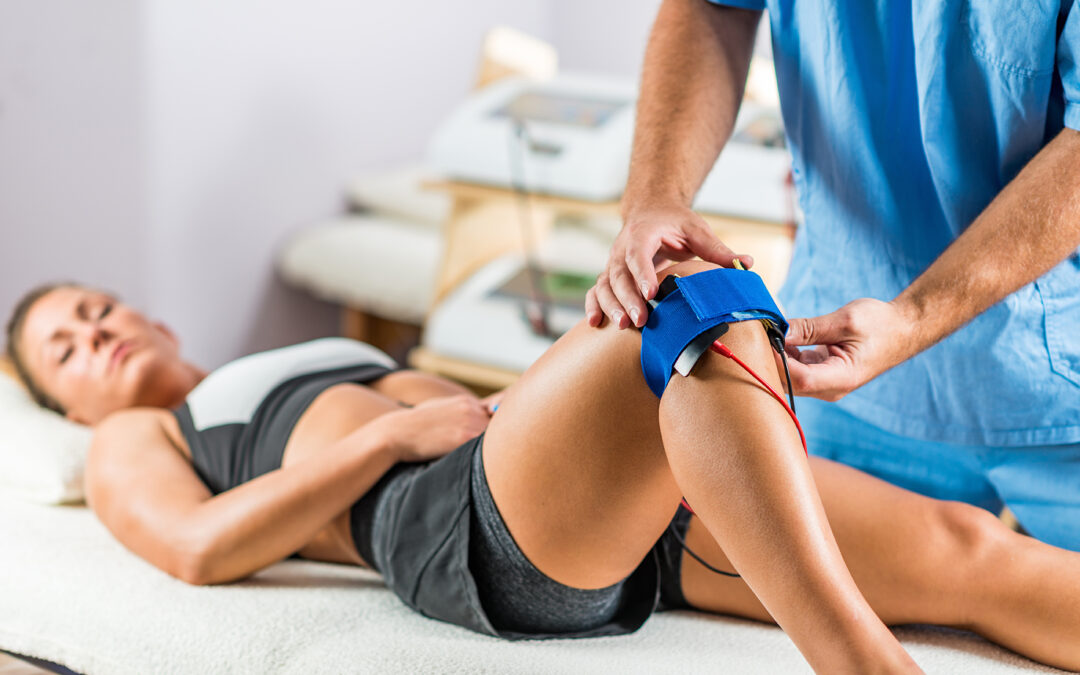Contents
The knee is a complex hinge joint in the body. It plays a crucial role in movements like walking, running, jumping and standing. Pain behind the knee when you are walking can be a painful experience. It can disrupt your daily activities and affect your quality of life. Nearly a quarter of people experience issues with their knees each year.
Anatomy of the knee
The knee is a hinge joint that connects the femur (thighbone) to the tibia (shinbone). It also has the patella (kneecap), which acts as a shield to protect the knee and enhance its function. Within the knee joint are two types of cartilage: articular cartilage and meniscus. Articular cartilage provides a smooth surface for the bones to glide over during movement. The meniscus is a wedge-shaped cartilage between the femur and tibia, providing shock absorption and boosting joint stability. Ligaments and tendons also play an essential role in movement and stability in the knee.
Causes of pain behind the knee when walking
Several factors can lead to the pain behind your knee when you’re walking. These can range from minor injuries to more severe medical conditions:
- Muscle strains or overuse — Strained muscles or the overuse of muscles surrounding the knee joint can cause discomfort and pain. This pain can happen during activities like walking or climbing stairs.
- Tendinitis — Inflammation of the tendons can result in pain behind the knee. Repetitive motions can cause tendinitis. Tendinitis can affect the hamstring or calf tendons and cause pain while walking.
- Baker’s cyst — A Baker’s cyst is a fluid-filled swelling at the back of your knee. It can cause pain and discomfort when it enlarges, especially when walking.
- Arthritis — Both osteoarthritis and rheumatoid arthritis can affect the knee joint. These conditions can cause pain, stiffness and difficulty walking.
- Ligament injuries — Injuries to the ligaments supporting the knee, like an ACL (anterior cruciate ligament) tear, can cause pain and instability when you walk.
- Meniscus tear — The meniscus can tear due to sudden twisting or age degeneration. A meniscus tear can cause pain and worsen when you move your knee.
- Deep vein thrombosis (DVT) — DVT is a blood clot in the veins, often in the lower leg. DVT can cause pain, swelling and tenderness. It can make it painful while walking. If you suspect you have DVT, seek medical attention right away.
When you should seek medical attention
It’s crucial to consult a doctor if you are experiencing persistent or worsening pain behind your knee. You should also seek immediate medical attention if you notice any of the following symptoms:
- Swelling or redness.
- Inability to bear weight.
- Locking or clicking during movement.
- Fever or chills.
Treatment options for pain behind the knee when walking
There are a variety of treatment options for pain behind your knee when you walk. These can vary depending on the underlying cause behind your pain and the severity of the condition. Common treatment options can include:
- Rest and ice — Resting is vital for healing. Resting and applying ice to the affected leg can help reduce inflammation and provide pain relief.
- Physical therapy — Physical therapy can play an important role in helping to address pain behind the knee. Physical therapists use various techniques to help improve your flexibility, strengthen your muscles and improve your joint stability. Specifically tailored exercises can help alleviate pain and improve your ability to walk.
- Medication — Nonsteroidal anti-inflammatory drugs (NSAIDs) can help reduce your pain and inflammation. Sometimes, your doctor may recommend corticosteroid injections to help with more severe pain and swelling.
- Bracing — Knee braces can help provide stability and reduce strain on your knee joint while you’re walking.
- Orthotics — Custom orthotic inserts can provide you with better support and alignment for your feet. This support and alignment can help relieve knee pain caused by an improper gait or foot alignment.
- Surgery — Surgical intervention may be necessary in severe cases or conditions like meniscus tears or ligament injuries.
How physical therapy can help pain behind the knee when walking
Physical therapy is a noninvasive and highly effective approach to help manage pain behind the knee when walking. Physical therapists use a range of techniques that are customized to address each individual’s condition. These techniques can include:
- Therapeutic exercises — Physical therapists can use specific exercises that are intended to help strengthen your muscles around your knee joint and can also help improve your flexibility and enhance your overall mobility. These exercises can be beneficial in helping to reduce your pain and restore your normal walking patterns.
- Manual therapy — Hands-on techniques like joint mobilization and soft tissue manipulation can help alleviate pain, improve joint mobility and enhance muscle flexibility.
- Ultrasound therapy — Therapeutic ultrasound uses sound waves to penetrate deep tissue to help promote healing, reduce inflammation and boost circulation. Ultrasound can help provide relief from pain and discomfort.
- Electrical stimulation — Electrical stimulation techniques like transcutaneous electrical nerve stimulation (TENS) can help manage your pain. It can help interfere with pain signals sent from your knee to your brain.
Don’t let pain behind your knee while walking become a permanent hindrance
Lattimore Physical Therapy can help if you’re experiencing pain behind your knee when walking. Our expert team of physical therapists will address the symptoms and underlying issues causing your discomfort. They’ll create a customized treatment plan designed for your most effective care. Together, we can work toward restoring your mobility, alleviating pain and helping you get back to doing the activities you love.
Contact our team today for more information or to schedule an initial appointment.



